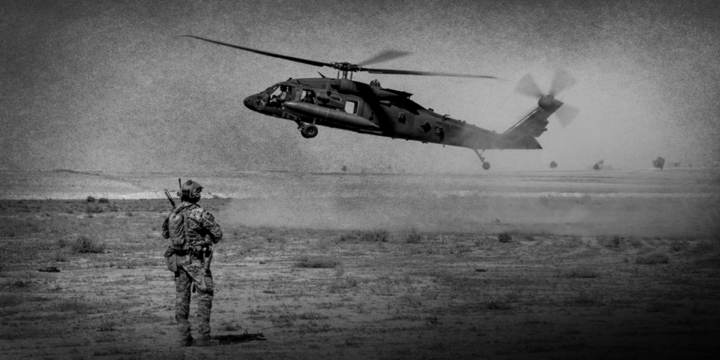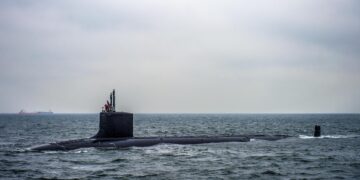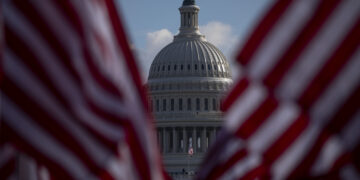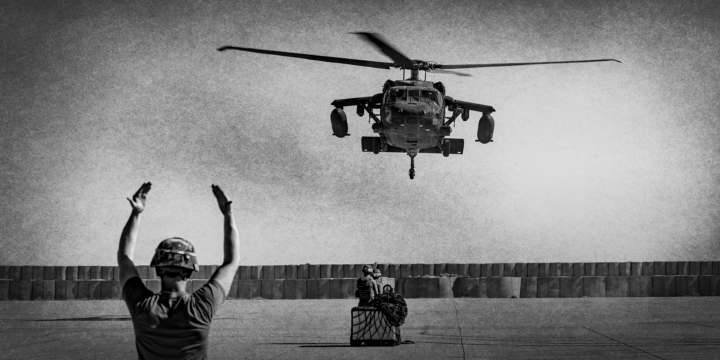
Speaking at the Aspen Security Forum in July, longtime U.S. intelligence official John McLaughlin described the threat posed by China, Iran, North Korea, and Russia as “the distinguishing characteristic of our world right now.” McLaughlin, the former acting director of the CIA, warned that the United States’ adversaries had “formed a group” and were increasingly cooperating against Washington and its allies.
He is not the first to make this case. Many foreign-policy analysts, policymakers, and senior U.S. military officers have argued that China, Iran, North Korea, and Russia are increasingly aligned, if not outright joining forces. Others have described the relationship as a new “axis of evil,” recalling then-U.S. President George W. Bush’s phrase in the months after the 9/11 attacks. Whether people call them the axis of upheaval, axis of authoritarians, or axis of disorder, the tendency to see combinations of these four powers as a unified threat spans the U.S. political spectrum.
Fortunately, fears about a resurrected axis of evil are as sensationalized today as they were more than 20 years ago. Although China, Iran, North Korea, and Russia are cooperating more fruitfully than in the past, what they share is best described as a collection of pragmatic, largely bilateral, and likely temporary arrangements held together by geopolitical circumstances and a shared view that current U.S. policy and posture are highly detrimental to their respective interests.
Grouping these four U.S adversaries under a single banner distracts from the self-interest and very different ambitions driving them, oversimplifying the individual partnerships that connect them. If anything, the axis of evil treatment harms the United States’ ability to protect its interests more than it helps.
More on Asia
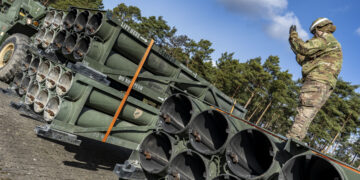
Featuring Dan Caldwell
July 13, 2025

By Jennifer Kavanagh and Dan Caldwell
July 9, 2025
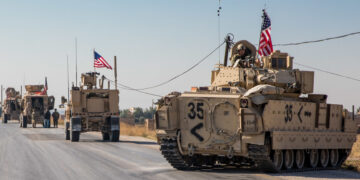
Featuring Jennifer Kavanagh and Dan Caldwell
July 9, 2025
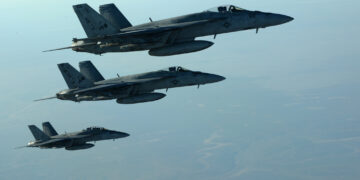
Featuring Lyle Goldstein
July 4, 2025
Events on Grand strategy
